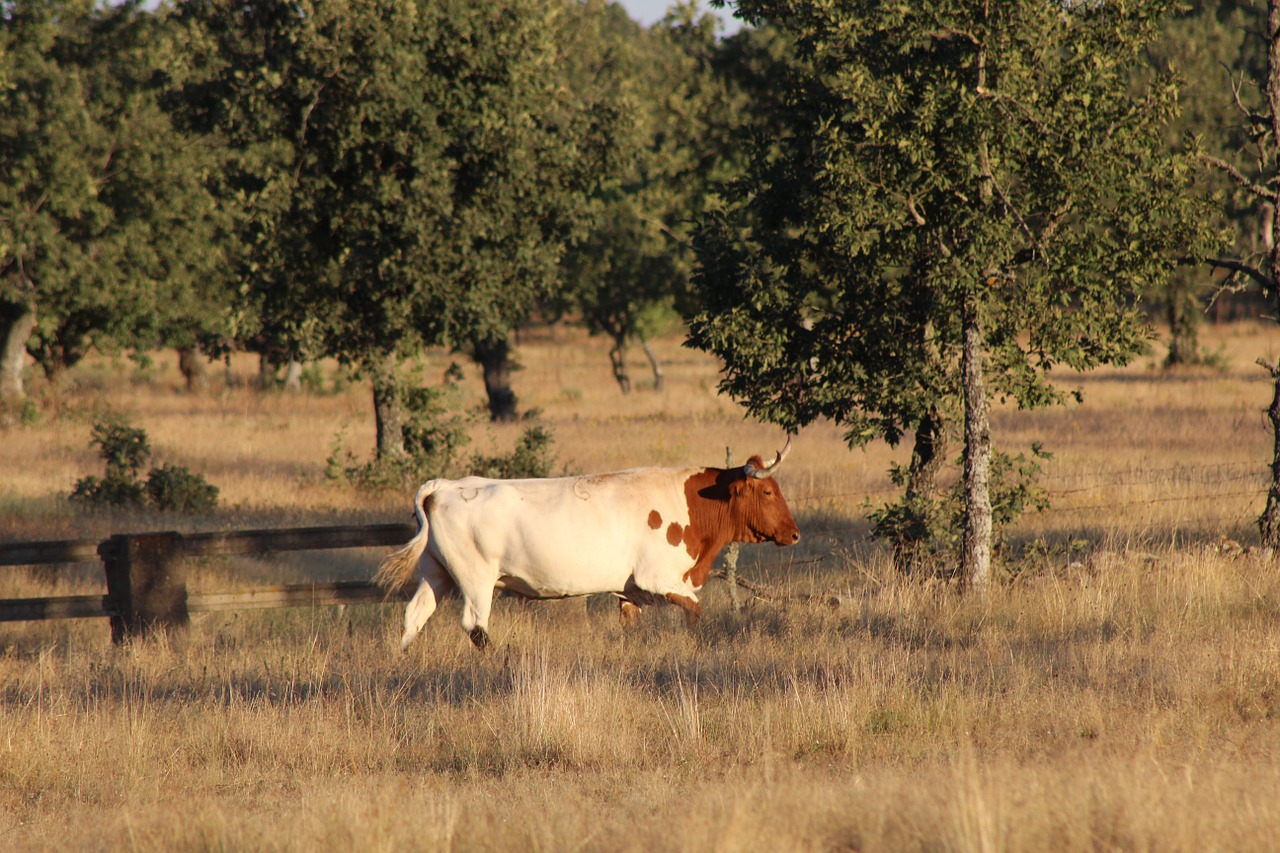The Potential Is There
Author: Claire Woodcock | Published: January 12, 2017
In 2008, during the first days of Ollin Farms, owner Mark Guttridge says the Longmont soil produced only “nubby” carrots. A picture of his wife holding their then year-old daughter, Amber, illustrates the problem; the carrots were wide and short, mutant-like in their girth — maybe right for a county fair prize for “heaviest carrot,” but not the kind of produce folks buy at the farmers’ market.
By 2012, the carrots from Ollin Farms had slimmed down and stretched, now reaching from Amber’s shoulder down to her waist.
These were quality carrots.
“It was this foot-and-a-half-long carrot,” Guttridge says. “That never would have been possible four years previously when the soil was the way it was.”
Today, Ollin Farms grows 10 different varieties of carrots each agricultural cycle and Guttridge credits the success to carbon sequestration, the process of pulling carbon dioxide out of the atmosphere to build healthy topsoil.
Over centuries of traditional agricultural practices, farmers have plowed their fields, releasing carbon stored in the soil in the process. When that carbon collides with the oxygen in the air, it creates carbon dioxide that is then released into the atmosphere and contributes to global warming. Scientists estimate as much as 80 percent of soil carbon in heavily cultivated areas has been lost, according to Kristin’s Ohlson’s 2014 book The Soil Will Save Us. Furthermore, practices such as traditional farming, overgrazing, deforestation and erosion, what Ohlson calls “land misuse” in her book, account for approximately 30 percent of carbon dioxide emissions worldwide.
But a growing number of farmers around the world, including several Boulder County farmers, are implementing carbon sequestration practices to recapture carbon dioxide from the atmosphere and store it in soil, where the carbon aids crop growth while helping to mitigate climate change at the same time.

